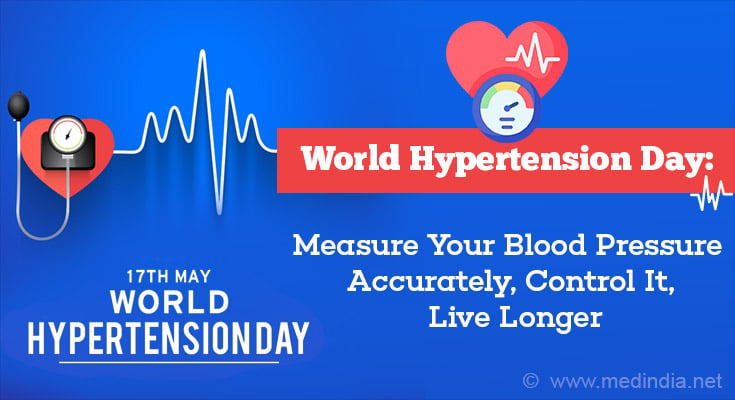
Younger students are more frequently diagnosed with Attention-Deficit/Hyperactivity Disorder (ADHD) or Autism Spectrum Disorder (ASD) than older peers, as teachers might mistake immaturity for disorders, according to a new study published in the journal European Child and Adolescent Psychiatry (1✔ ✔Trusted Source
Systematic review and meta-analysis: relative age in attention-deficit/ hyperactivity disorder and autism spectrum disorder
).
The results of the study showed that the youngest students in a class, with birth dates just before the school entry cut-off date, were overrepresented among children receiving an ADHD diagnosis or medication for the condition.
ADHD doesn’t just affect children. About 2.5% of adults worldwide have ADHD, though it often goes undiagnosed or misdiagnosed in adults.
#attentiondeficithyperactivitydisorder #children #immaturity #autism
’
Experts looked at how being one of the youngest children in a class can influence the likelihood of being diagnosed with ADHD or ASD.
ADHD is a condition where individuals have significant challenges with attention and can be overly active. ASD is a complex developmental condition that relates to how a person communicates and interacts.
ADHD Overdiagnosis Dilemma
Professor Kapil Sayal from the School of Medicine at the University, and senior author of the paper, said: “This review shows that adults involved in identifying or raising concerns over a child’s behavior – such as parents and teachers – may be inadvertently misattributing relative immaturity as symptoms of ADHD. The child’s age about their classmates (their ‘relative’ age) needs to be considered when making this kind of diagnosis.”
Detailed searches were used to identify all studies written on this topic worldwide. Researchers reviewed the 32 studies identified. Most of these studies focused on ADHD and two focused on ASD.
The findings confirmed that younger students in the school year are more likely to be diagnosed with ADHD and receive medication for this, compared to their older classmates. The scale of this ‘relative age’ effect varied between the studies.
Advertisement
For ASD, the youngest children in a class were also more likely to be diagnosed but more research is needed due to there only being a small number of studies available.
Interestingly, there was a more notable difference in how teachers rated these younger children compared to how parents do.
Advertisement
Dr Eleni Frisira, from the School of Medicine and lead author of the study, said: “Teachers play an important role in identifying ADHD symptoms in children. Our findings suggest that they can be more likely to rate younger students in a class as having ADHD symptoms than their older classmates. It is important teachers are supported in considering the relative age of a child in a classroom when ADHD is being queried.”
Dr Josephine Holland, one of the authors of the paper added: “This phenomenon has been shown in research for over a decade, but knowing about it does not seem to be changing practice.”
The research emphasizes how important it is to consider a child’s age about their classmates when assessing for and diagnosing conditions like ADHD and ASD.
This is an important take-home message for healthcare professionals who assess young children, but also for teachers and parents, when observing and reporting symptoms.
Reference:
- Systematic review and meta-analysis: relative age in attention-deficit/ hyperactivity disorder and autism spectrum disorder
– (https://link.springer.com/article/10.1007/s00787-024-02459-x)
Source-Eurekalert



